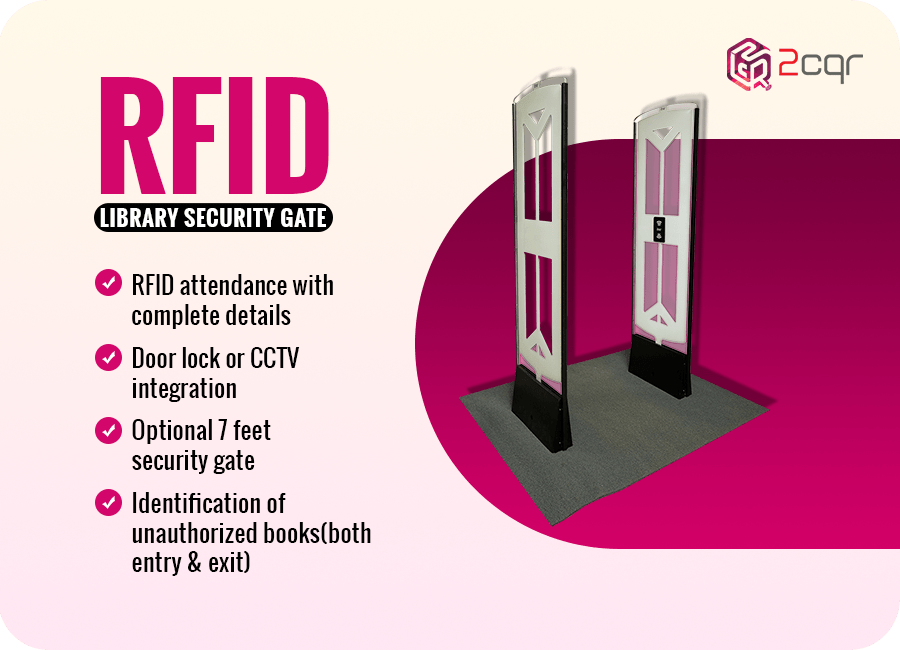
In the world of modern library management, RFID (Radio-Frequency Identification) technology has emerged as a game-changer, simplifying complex tasks and streamlining operations. At the heart of this transformation are RFID card readers, silent heroes that are playing a pivotal role in making libraries more efficient and user-friendly in 2023.
Embrace Staff Productivity
Library staff often face the challenge of juggling multiple user requests, preventing unauthorized access, and keeping track of unrecorded checkouts. RFID card readers come to the rescue by seamlessly integrating with various systems, including security gates, self-service stations, and print management software.
This integration not only ensures smoother operations but also boosts staff productivity. With RFID card readers, staff can focus on more value-added tasks, confident that these readers are handling routine processes efficiently.
Safe and Accurate Book Returning
Book returning involves more than just taking books back from patrons. It includes checking due dates, updating software, and providing acknowledgments. However, some users may find it difficult to return resources during library operating hours due to their schedules.
RFID card readers, such as the advanced 2cqr two-reader drop boxes, make book returning safe, accurate, and convenient. These readers not only protect tags and books from damage but also ensure secure, error-free returns, ultimately enhancing the overall user experience.
Detailed Data Analysis
RFID readers are the backbone of RFID systems designed for library management. They play a crucial role in various activities, from allowing authorised individuals into the premises to addressing user queries and automatically reshelving products.
This extensive functionality accumulates a wealth of information essential for informed decision-making within libraries. This data aids in collection improvement, service upgrades, staff management, and the implementation of new technologies, freeing up staff time and enhancing the user experience.
Supports Self-Service
Self-service kiosks and staff stations are vital for carrying one of the most frequently occurring activities in libraries: book issuing and returning, subscription management, and resource renewals. The efficiency and accuracy of these processes are made possible by RFID card readers and their seamless integration with library databases. Transactions that used to take time can now be completed within seconds, reducing long queues and elevating the overall library experience.
Accessibility and Faster Circulation
RFID card readers are champions of accessibility. They make library services more user-friendly for everyone, including individuals with disabilities. Their user-friendly interfaces and self-service options cater to a wide range of needs, ensuring that libraries are inclusive spaces.
Moreover, the speed and efficiency of RFID card readers result in faster circulation of library materials. This translates to more users accessing resources in less time, ultimately contributing to a positive and efficient library experience.
In conclusion, RFID card readers are revolutionising library management in 2023 by simplifying processes, enhancing security, and improving the overall user experience. These unassuming devices are at the forefront of the library’s transformation into a more efficient and accessible hub for knowledge and learning.


